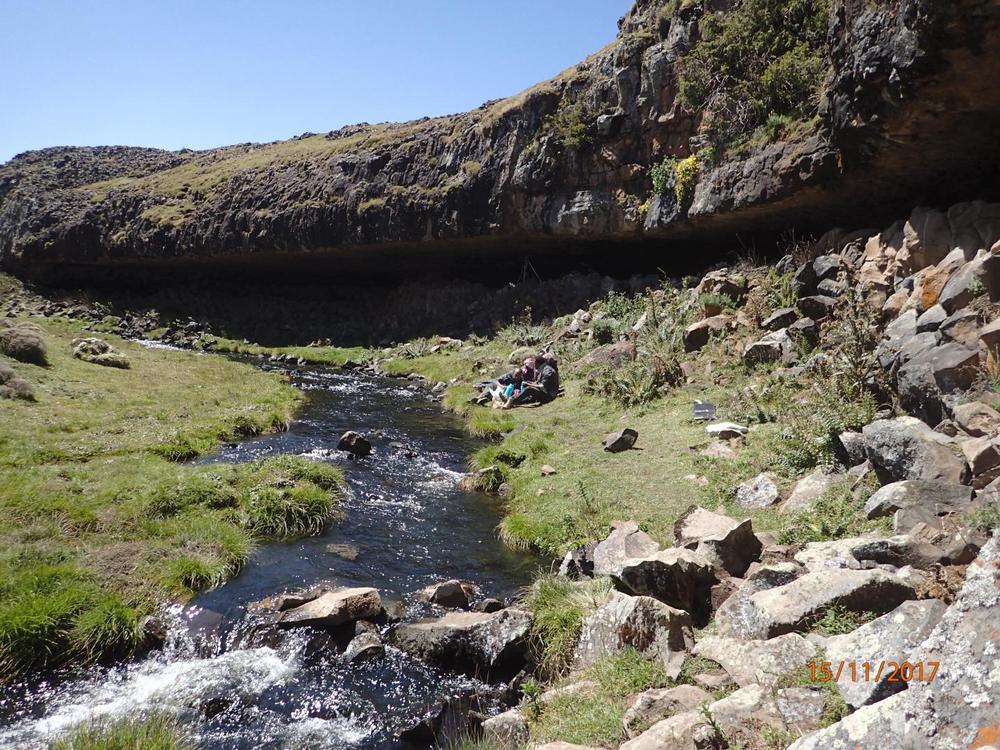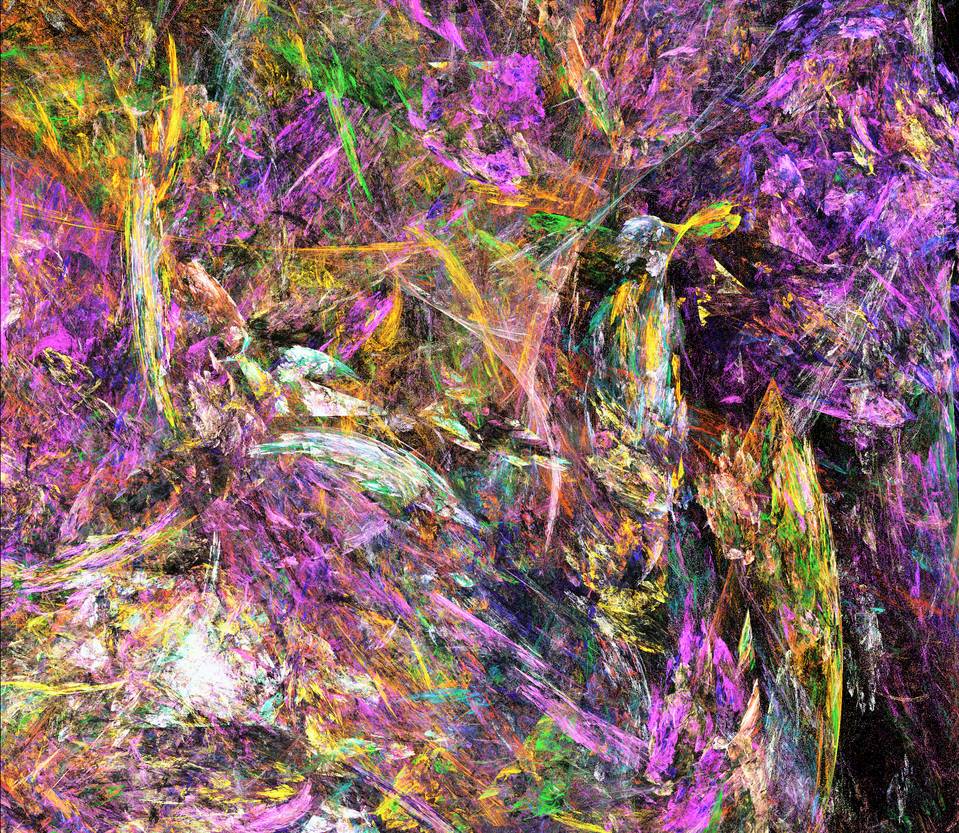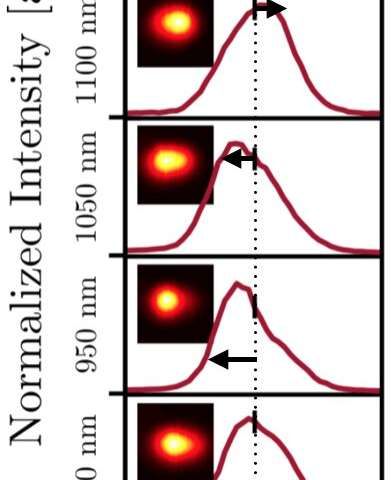Page 7565
Aug 10, 2019
Testing Orion’s “Powerhouse” on This Week @NASA
Posted by Alberto Lao in category: space travel

This week:
🔥 We conducted a critical test of the “powerhouse” for our NASA’s Orion Spacecraft 🔴 Our Curiosity Mars Exploration Rovers is still going strong after 7 years exploring the Red Planet 🔭NASA’s Hubble Space Telescope captures a view of Jupiter’s iconic Great Red Spot.
Aug 10, 2019
Life really can overcome anything: How bacteria survive 250 meters under the Dead Sea
Posted by Xavier Rosseel in category: alien life
Scientists discovered new life in one of the most extreme environments in the world: Bacteria living on dead ancient microorganisms – which may have implications for finding life on Mars.
Aug 10, 2019
New study in Science: Why humans in Africa fled to the mountains during the last ice age
Posted by Genevieve Klien in categories: biotech/medical, chemistry, science
People in Ethiopia did not live in low valleys during the last ice age. Instead they lived high up in the inhospitable Bale Mountains. There they had enough water, built tools out of obsidian and relied mainly on giant rodents for nourishment. This discovery was made by an international team of researchers led by Martin Luther University Halle-Wittenberg (MLU) in cooperation with the Universities of Cologne, Bern, Marburg, Addis Ababa and Rostock. In the current issue of “Science”, the researchers provide the first evidence that our African ancestors had already settled in the mountains during the Palaeolithic period, about 45,000 years ago.
At around 4,000 metres above sea level, the Bale Mountains in southern Ethiopia are a rather inhospitable region. There is a low level of oxygen in the air, temperatures fluctuate sharply, and it rains a lot. “Because of these adverse living conditions, it was previously assumed that humans settled in the Afro-Alpine region only very lately and for short periods of time,” says Professor Bruno Glaser, an expert in soil biogeochemistry at MLU. Together with an international team of archaeologists, soil scientists, palaeoecologists, and biologists, he has been able to show that this assumption is incorrect. People had already begun living for long periods of time on the ice-free plateaus of the Bale Mountains about 45,000 years ago during the Middle Pleistocene Epoch. By then the lower valleys were already too dry for survival.
For several years, the research team investigated a rocky outcrop near the settlement of Fincha Habera in the Bale Mountains in southern Ethiopia. During their field campaigns, the scientists found a number of stone artefacts, clay fragments and a glass bead. “We also extracted information from the soil as part of our subproject,” says Glaser. Based on the sediment deposits in the soil, the researchers from Halle were able to carry out extensive biomarker and nutrient analyses as well as radiocarbon dating and thus draw conclusions as to how many people lived in the region and when they lived there. For this work, the scientists also developed a new type of palaeothermometer which could be used to roughly track the weather in the region — including temperature, humidity and precipitation. Such analyses can only be done in natural areas with little contamination, otherwise the soil profile will have changed too much by more recent influences.
Aug 10, 2019
An Interview With Sarah Constantin of Daphnia Labs
Posted by Steve Hill in categories: biotech/medical, life extension
We recently had the opportunity to catch up with Sarah Constantin, one of the founders of the new biotech startup company Daphnia Labs. The company is developing a new platform for the discovery of geroprotective drugs: in vivo phenotypic screens in model organisms. The company plans to use high-resolution video to track Daphnia during its lifespan in order to screen for drugs that might extend healthspan.
Can you tell us a little about the company, its founders, and what motivated you to start this biotech company?
I’d been working for about a year at the Longevity Research Institute, which is a nonprofit that funds aging research. LRI focuses on trying to replicate studies on interventions that have been reported to extend lifespan in mammals. Basically, of the 50+ compounds out there that have some mammalian evidence for an anti-aging effect, which ones have the best chance of being viable geroprotectors in humans?
Finally the sisters left Percival alone to sleep, and though exhausted, he lay awake reflecting on his quest. He still had no definite sense of direction, so he prayed again for guidance, and finally trusting in the Lord to give him answer by whatever method He chose, he fell deeply asleep. He dreamt, an unusual dream in vivid color, in which he could hear water tricke and birds sing and feel the warmth of the sun on his face.
In his dream he saw an angel in a purple robe reclining against the rocks, a disturbing sight because the angel, with receding hairline and beard, wearing a white apron, held a angel figurine in a blue dress and its wings were plucked or flung out, drifting above his apron. Behind the angel was an unknown man’s shade, far to the angel’s right and above were some swords, point downwards, and to the angel’s right side, next to Percival, was a pile of jewels and crystal. The angel faced towards a cliff edge dropping off hundreds or thousands of feet, and just to the angel’s right was strung a narrow rope going past the rocks ahead, by which holding fast one might through bare toeholds and daring tenacity edge around the corner of the mountain to reach a safer ledge further on. From this line dangled a net with three fine scarves. The closest to the angel was orange, the next combined orange with green, and the third was green.
This scene flashed before his mind’s eye just long enough for him to absorb its details, and barely did he think to seek its meaning when a flash of movement caught his attention. From the suspended net, out flew a brilliantly colored bird, away from the angel and past the cliff in the direction the rope led. Like a bird of paradise, it had an orange body, green crest, and orange and green wings with a scissor-tail. A pure cascade of melodious trilling filled the morning air as it partook its free course, such that Percival felt its joy within his heart and being, and it warmed him with hope. He awoke with his heart still burning and understood through his spirit the dream, for its interpretation had also been given him and filled his mind with certainty and peace.
Aug 10, 2019
The transhumanist: Russian student who lost sight after explosion developing bionic eyes for himself
Posted by Derick Lee in categories: biotech/medical, computing, cyborgs, transhumanism
Evgeny became wider known to the Russian public in March, after becoming one of the first to implant a chip – between his thumb and forefinger – even though such surgical procedures are forbidden in Russia.
He sleeps two hours a night, plays guitar with a custom prosthesis, and has illegally implanted a microchip. When Evgeny Nekrasov was disfigured by an accident at 14, he decided to leverage future technology to build a new life.
Evgeny, now 21, has no recollection of “messing around” after school with his friends in hometown Vladivostok and picking up the gas canister that exploded in his hands and into his face.
Aug 9, 2019
Virtual ‘universe machine’ sheds light on galaxy evolution
Posted by Saúl Morales Rodriguéz in categories: cosmology, evolution, supercomputing
How do galaxies such as our Milky Way come into existence? How do they grow and change over time? The science behind galaxy formation has remained a puzzle for decades, but a University of Arizona-led team of scientists is one step closer to finding answers thanks to supercomputer simulations.
Observing real galaxies in space can only provide snapshots in time, so researchers who want to study how galaxies evolve over billions of years have to revert to computer simulations. Traditionally, astronomers have used this approach to invent and test new theories of galaxy formation, one-by-one. Peter Behroozi, an assistant professor at the UA Steward Observatory, and his team overcame this hurdle by generating millions of different universes on a supercomputer, each of which obeyed different physical theories for how galaxies should form.
The findings, published in the Monthly Notices of the Royal Astronomical Society, challenge fundamental ideas about the role dark matter plays in galaxy formation, how galaxies evolve over time and how they give birth to stars.
Aug 9, 2019
Scientists can now control thermal profiles at the nanoscale
Posted by Saúl Morales Rodriguéz in categories: materials, nanotechnology
At human scale, controlling temperature is a straightforward concept. Turtles sun themselves to keep warm. To cool a pie fresh from the oven, place it on a room-temperature countertop.
At the nanoscale—at distances less than 1/100th the width of the thinnest human hair—controlling temperature is much more difficult. Nanoscale distances are so small that objects easily become thermally coupled: If one object heats up to a certain temperature, so does its neighbor.
When scientists use a beam of light as that heat source, there is an additional challenge: Thanks to heat diffusion, materials in the beam path heat up to approximately the same temperature, making it difficult to manipulate the thermal profiles of objects within the beam. Scientists have never been able to use light alone to actively shape and control thermal landscapes at the nanoscale.

















